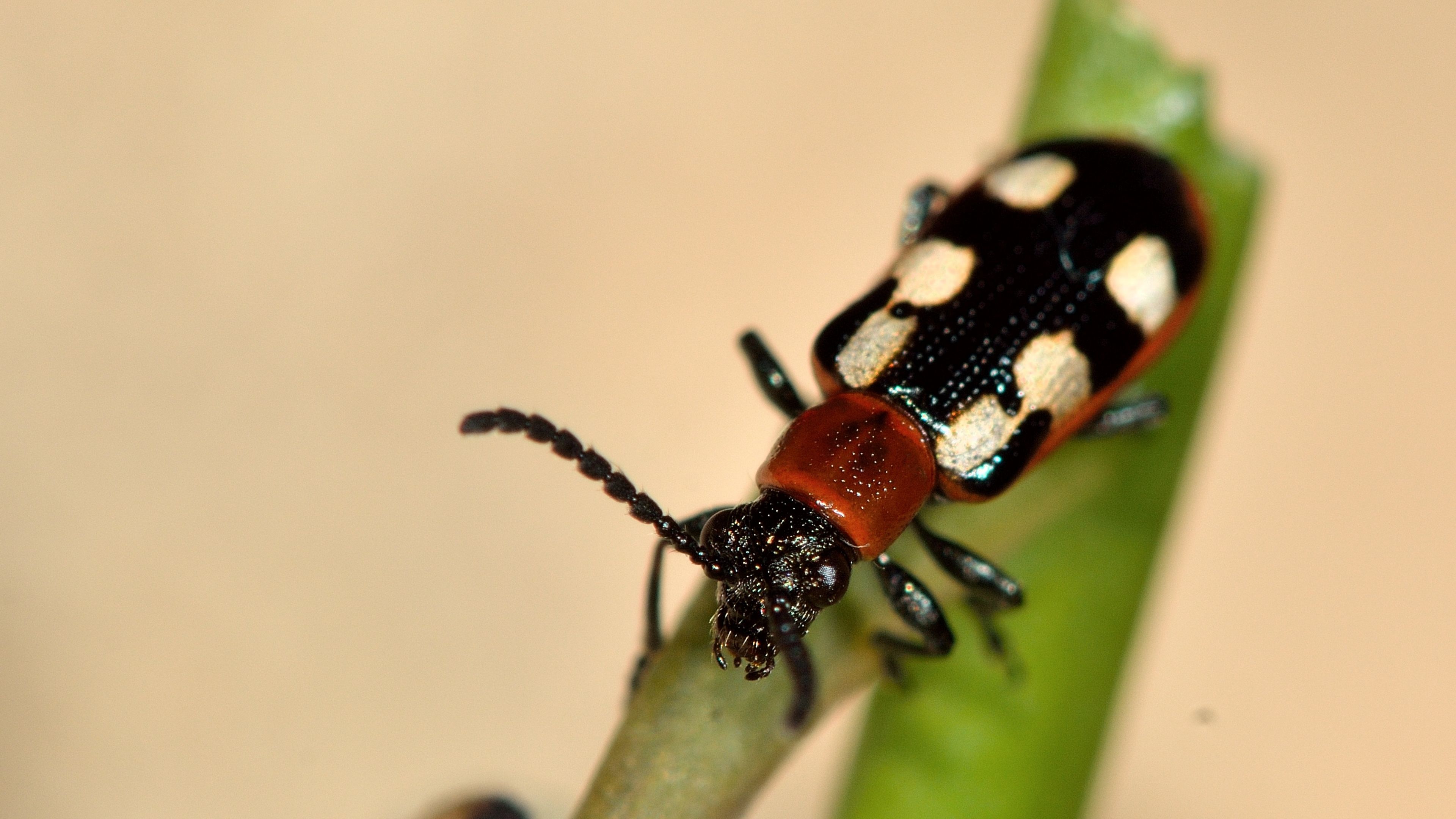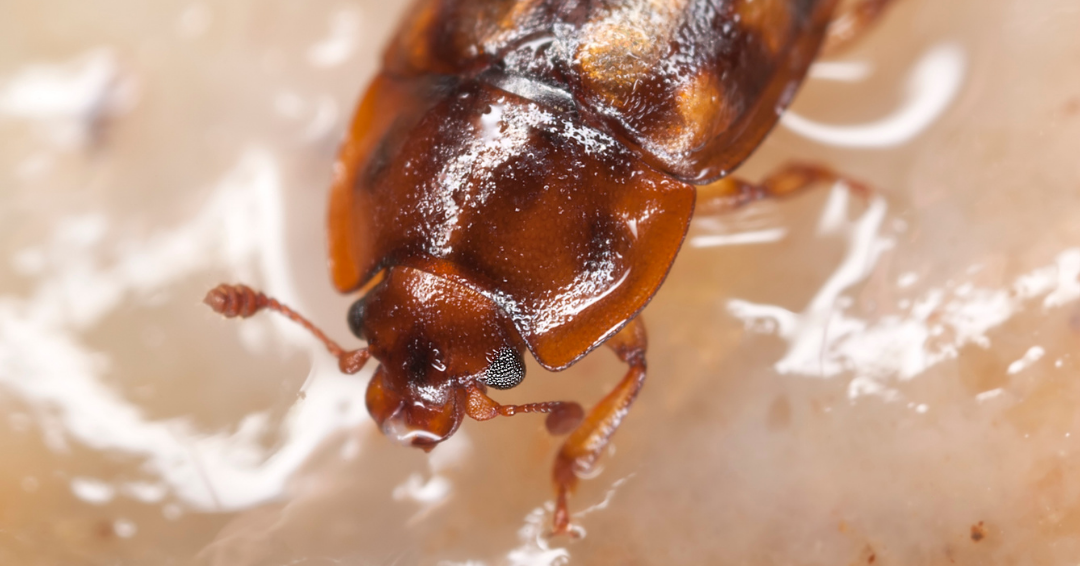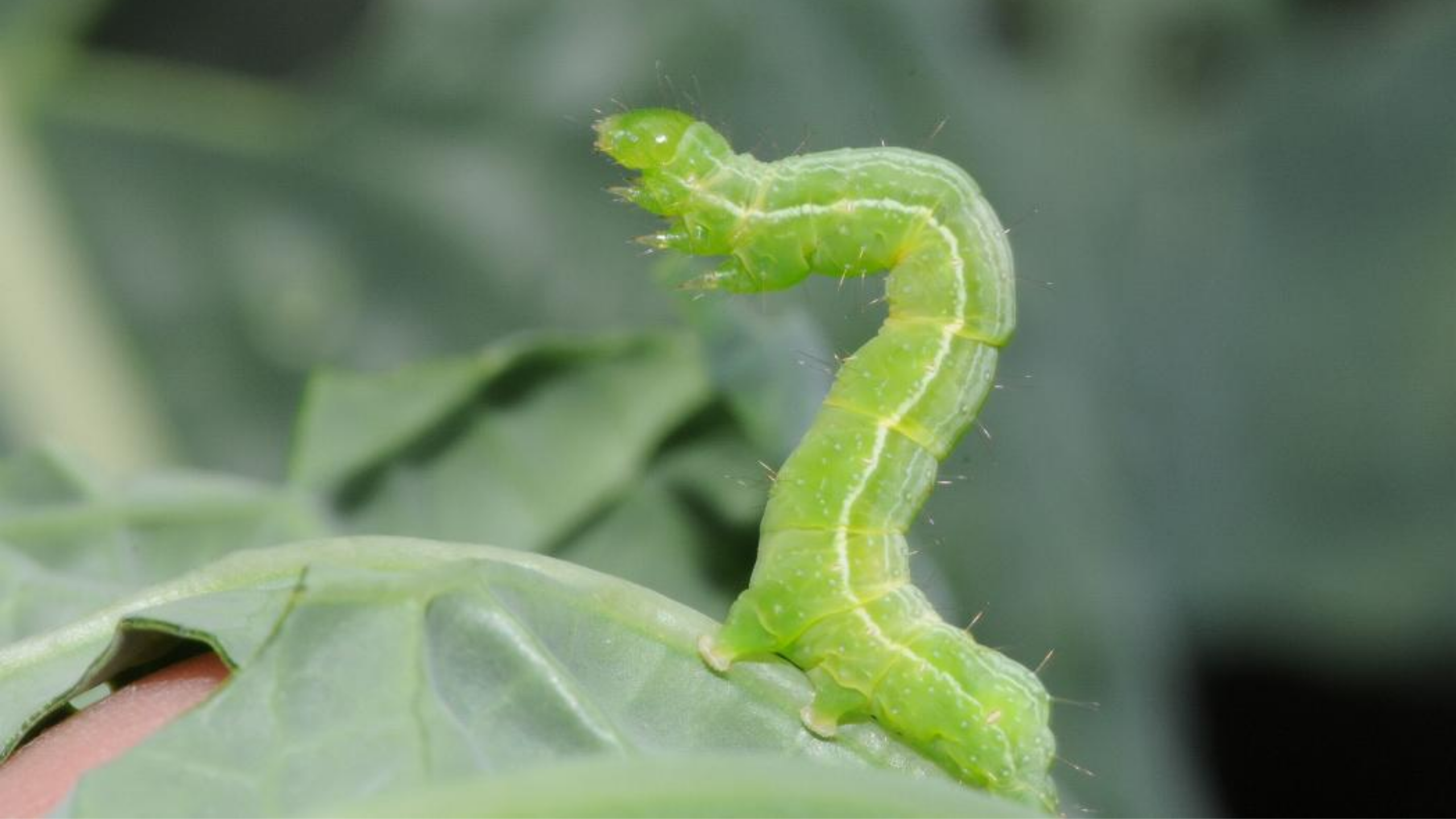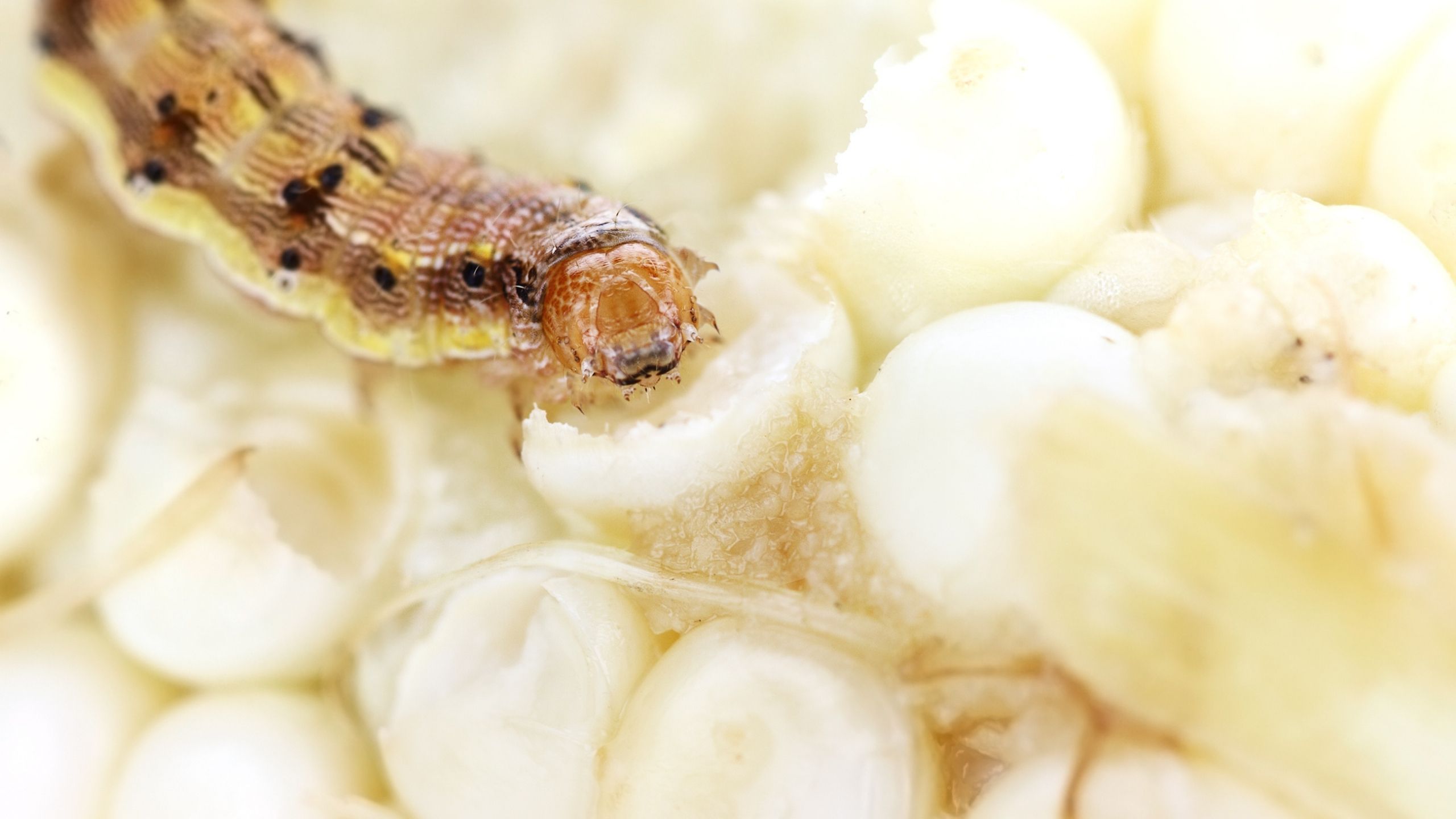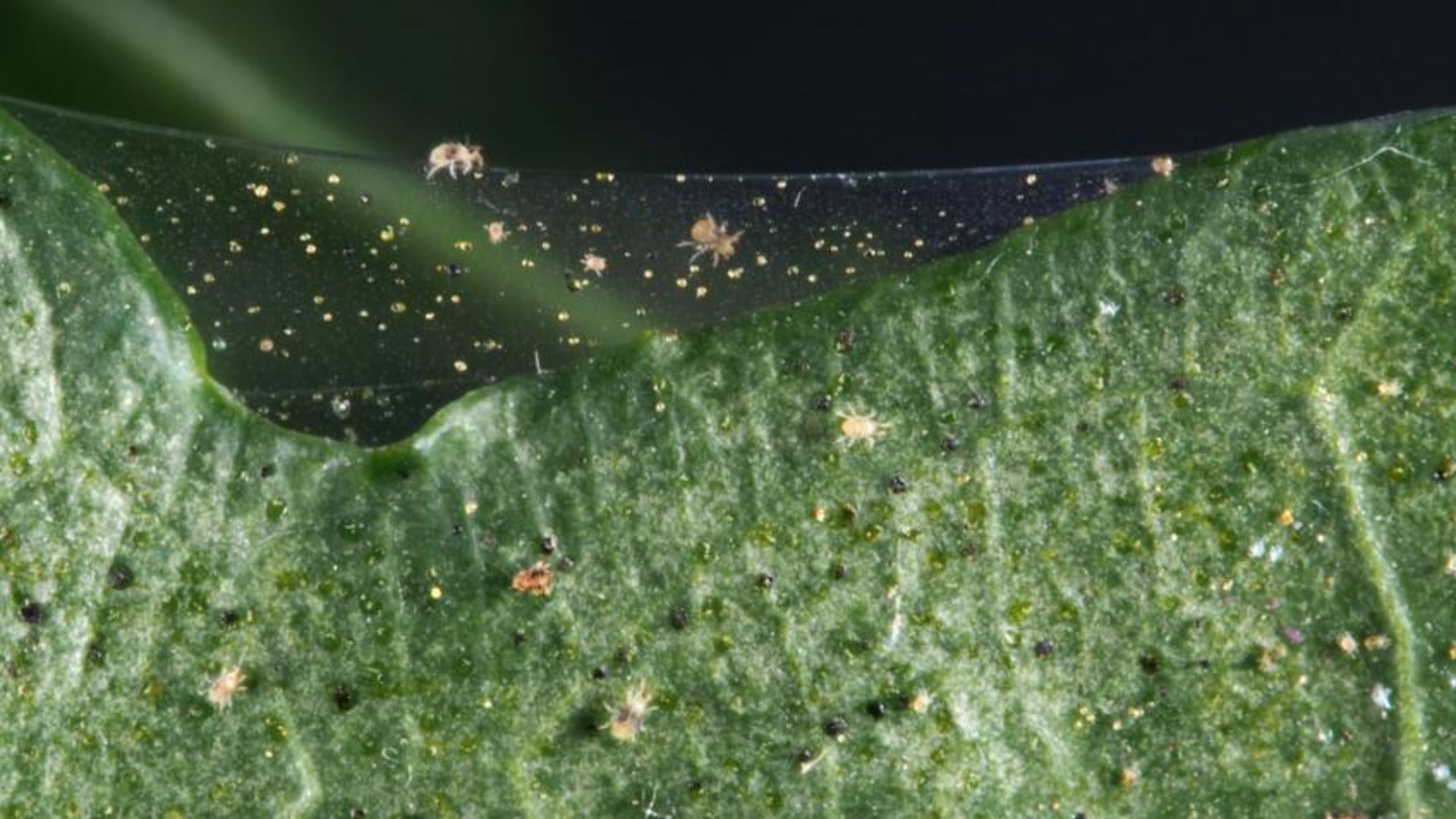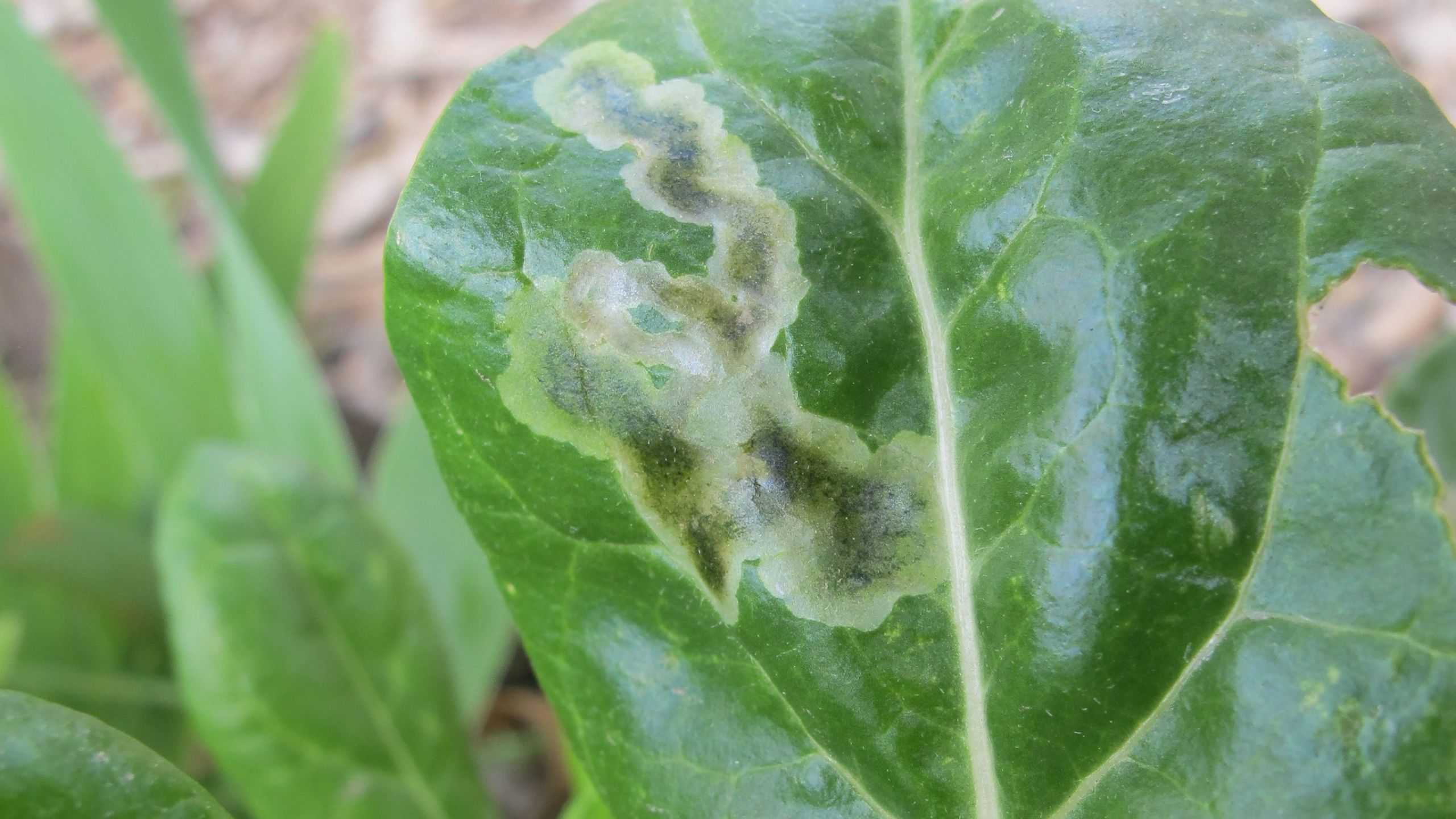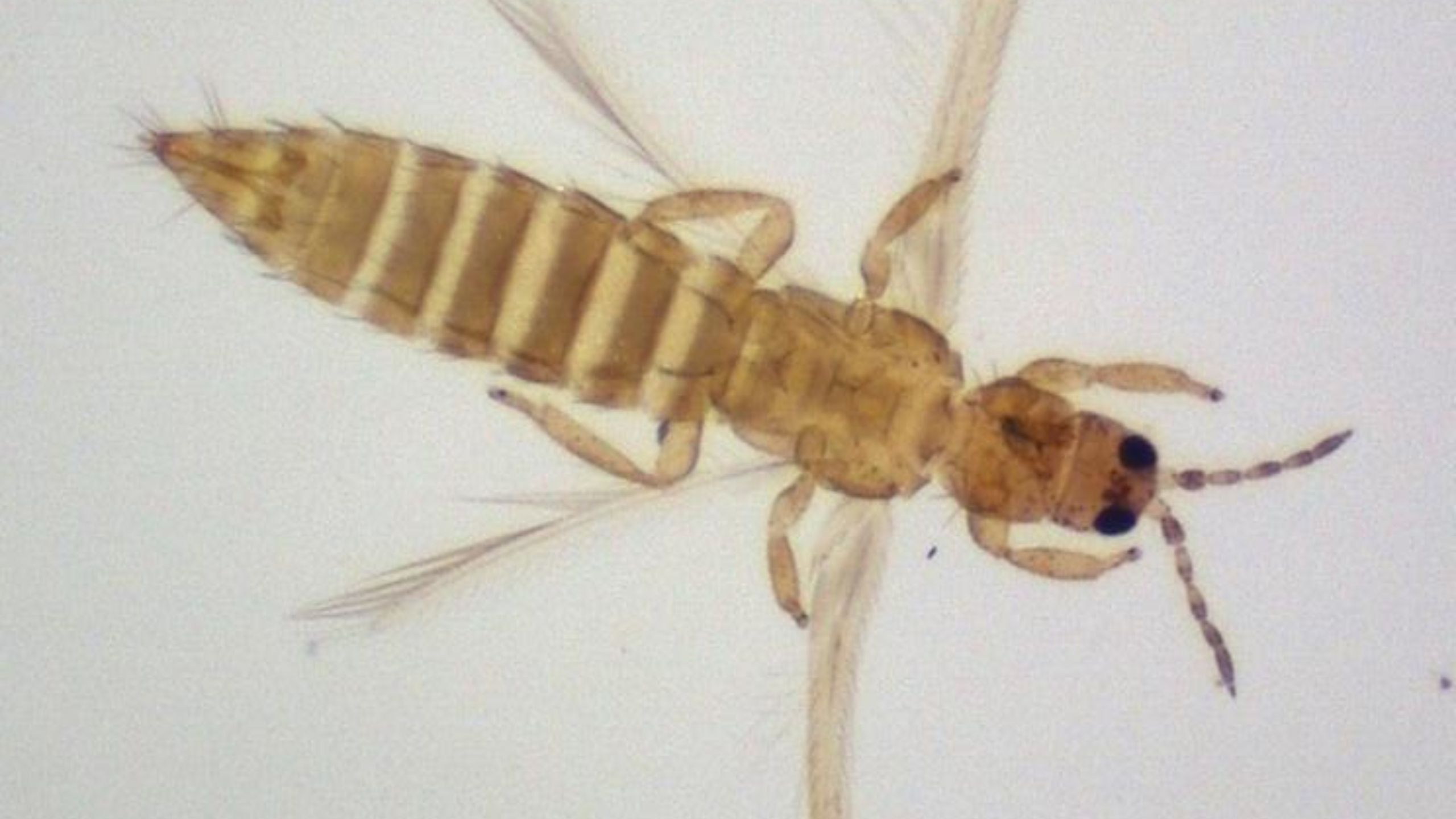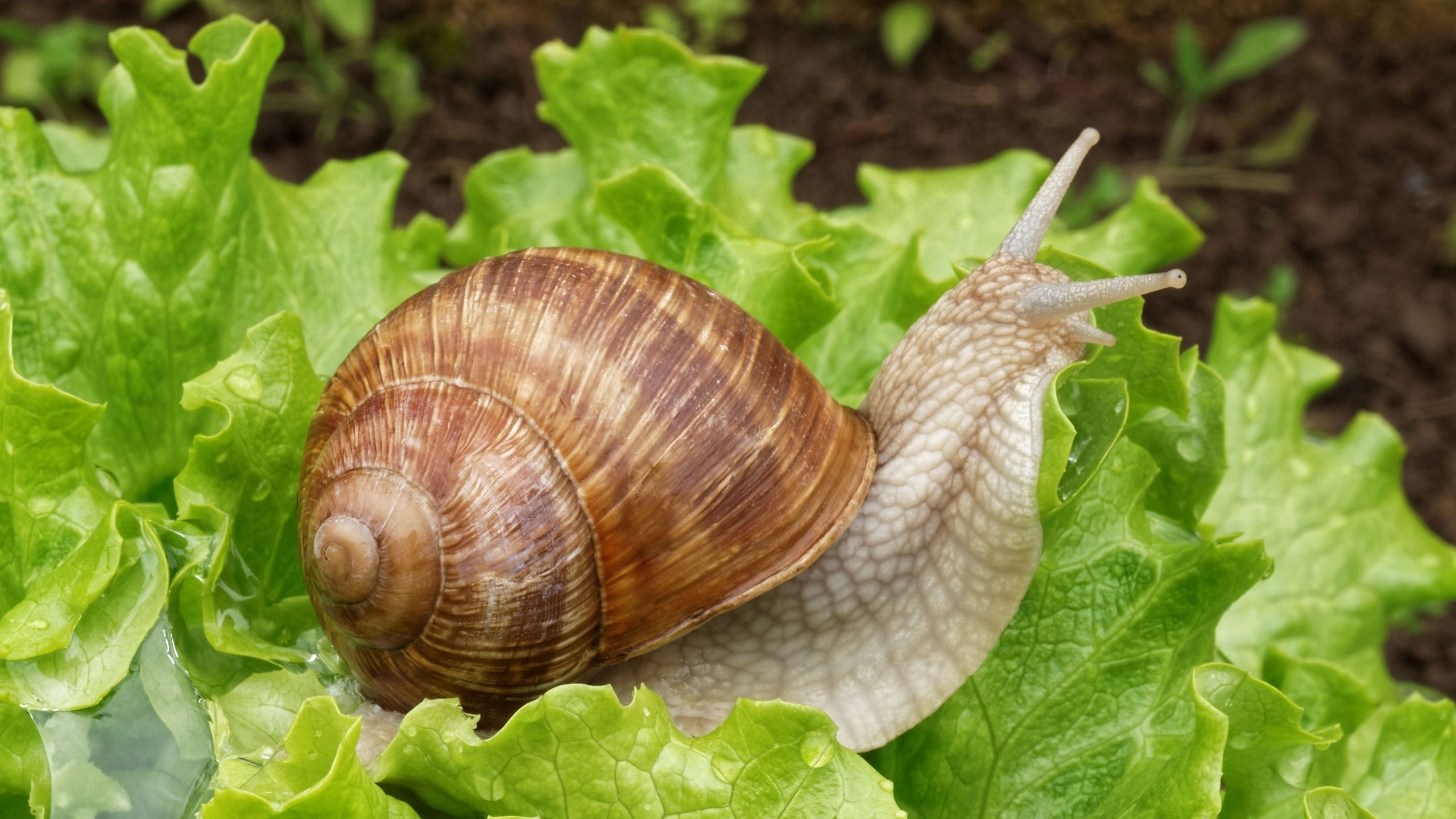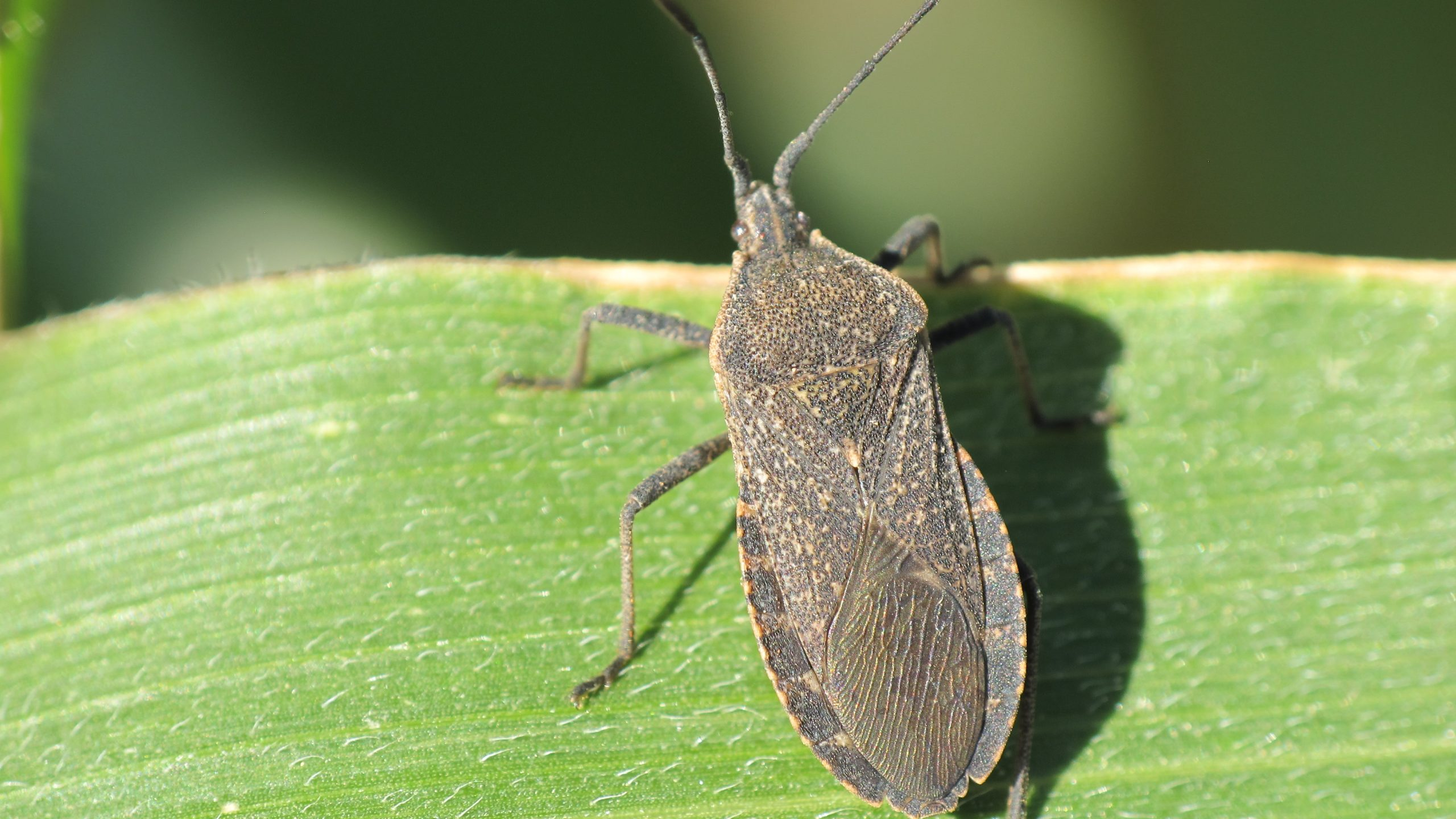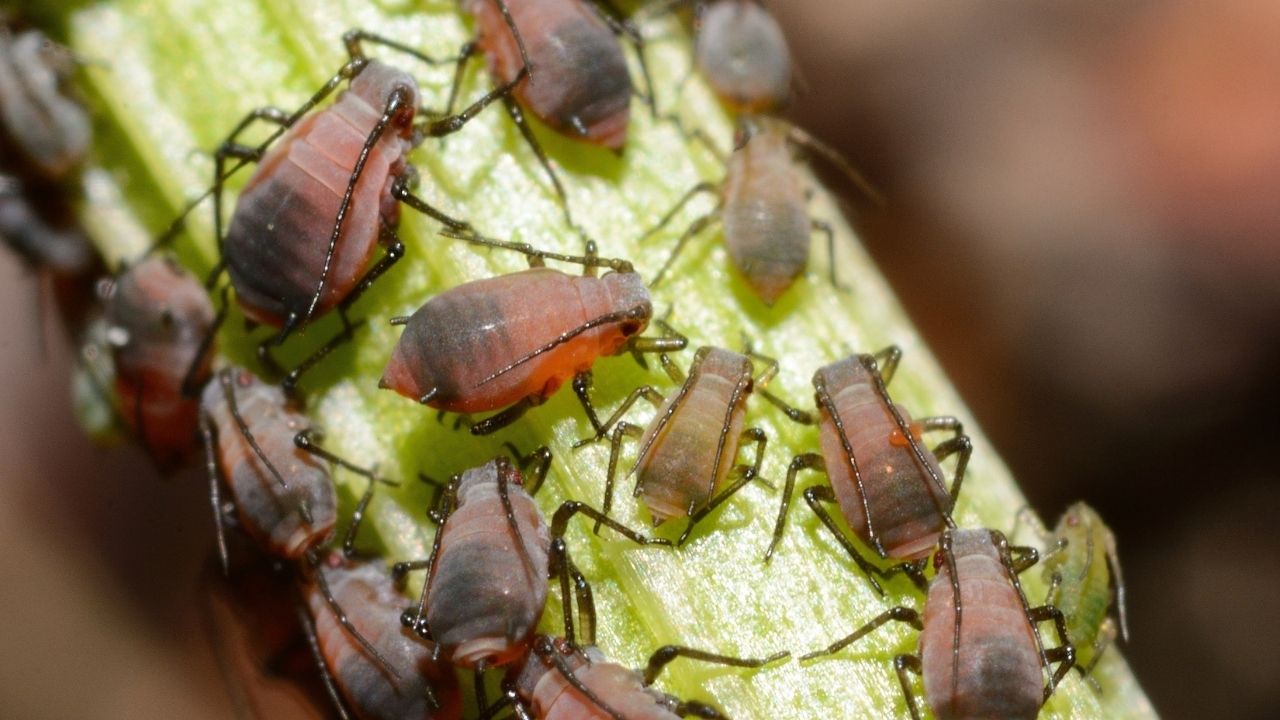Western Flower Thrips
(Frankliniella occidentalis)
December 2011
Diane Alston, Extension Entomologist (No longer at USU) • L. Irene Terry, Entomologist
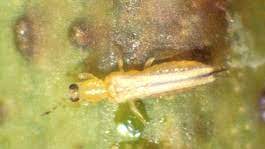
Western flower thrips adult; note the fringed wings are folded over its black
Image courtesy of E. Beers, Washington State University.
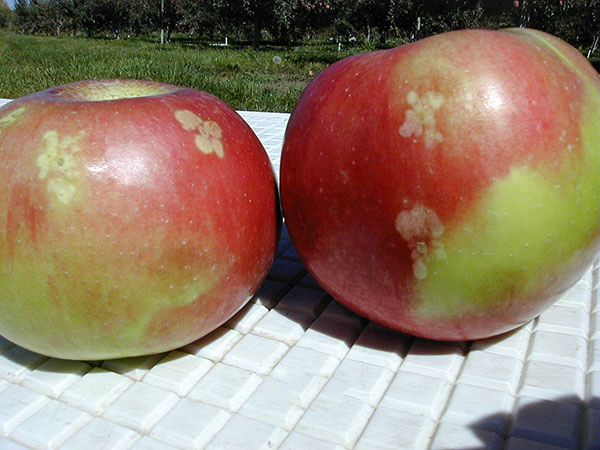
Thrips "pansy spot" on mature Idared apples

White netting marks and silvering occur from thrips feeding on nectarine fruits
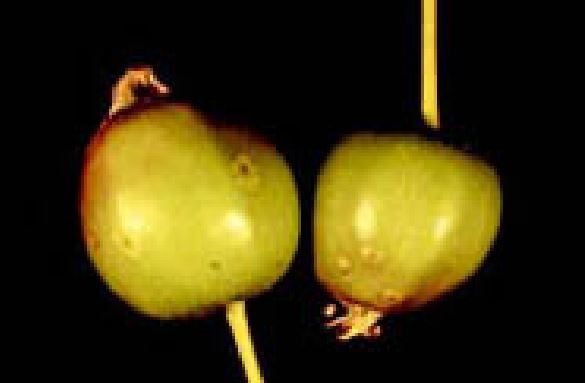
Thrips lay eggs into apple fruitles causing injury
Quick Facts
- Western flower thrips (WFT) are a frequent pest of nectarine, and an occasional pest of apple and other fruits in Utah
- WFT can be abundant on numerous weed and crop hosts
- They cause damage by feeding on and laying eggs into fruit buds, flowers, and fruits; a halo or “pansy spot” can form
- Injury to apples is primarily cosmetic, and is most common on light-skinned cultivars
- White netting marks and silvering damage occurs on nectarine fruits
- Monitoring method: shake thrips out of a blossom cluster and count adult females
- Management: late petal fall stage is the most effective time to treat to minimize thrips damage
Western flower thrips (WTF; Thysanoptera: Thripidae) are native to western North America and are widespread throughout this region. This species feeds on hundreds of different weed and crop hosts. WFT populations can rapidly increase during fruit bloom, and are especially abundant in the warmer areas of the Mountain West. These warmer areas generally have other crop and weed hosts that serve as reservoirs during the late winter and early spring, from which thrips rapidly emigrate to the more attractive and abundant resources of fruit blossoms. WFT primarily cause cosmetic damage (e.g., scarring) to fruits which lowers their quality and marketability. In Utah, nectarine and light-skinned apple fruits are most affected.
Thrips are a group of tiny, elongated, and fringe-winged insects that are commonly found in flowers and on leaves of most plants. Many feed on plant tissues as well as pollen. They feed by a “punch and suck” method, whereby they push their mouth cone into plant tissue or pollen, and then suck the contents through their straw-like stylets. A few species of thrips are now worldwide pests, and one of these is the WFT.
Hosts
- Apple
- Nectarine/Peach
- Plum
- Pistachio
- Grapes
- Strawberry
- Tomato
- Many field crops, such as alfalfa and cotton
- Many weeds
Life History
WTF primarily infests fruit crops during bloom and when fruitlets are young. They can be found in fruit crops later in the season, but damage is minimal.
Adult - Damaging Stage
- Size, color and shape: Bodies are tubular in shape; females are about 1/25 of an inch (1 mm) long, and males about one-third smaller; females have many color forms varying from pale yellow to dark brown; males are light yellow; wings are fringed on the margins and are clear to yellow in color
- Where: Feed on blossoms, fruits, and pollen
- When: Primarily from pink through the young fruitlet stage
- Behavior: Females and males congregate in blossoms for mating and feeding; the female uses her saw-like ovipositor to insert eggs into plant tissue; damage occurs when she oviposits into young buds or fruitlets
Egg - Damaging Stage
- Eggs are laid into leaf, bud, and floral tissues during bloom and early fruit set, and can only be seen with the aid of a microscope; egg-laying damage is visible in young fruitlets
- Unfertilized eggs develop into males and fertilized ones are females
Larva
- Size, color, and shape: About 1/50 inch (0.5 mm) long, tubular in shape, and translucent white to yellow
- Where: Although very mobile, larvae will remain in the blossom clusters (all stages of blossom development) while pollen is available
- When: Larvae begin to hatch from eggs within 4 to 15 days after adults move into blossoms and are found throughout the bloom period; larval development requires 2 to 3 weeks
- Larvae can be mistaken for leafhopper and campylomma nymphs, which are about the same size and color; however, thrips larvae are more elongated and worm-like
Injury
Apple fruits
- Oviposition scars are formed where eggs are inserted into fruit tissue
- Scars can enlarge into extended halos or “pansy spots” with a central spot of russet; as the fruit expands, pansy spots can increase in size
- Scars are more common on light-skinned apples
Nectarine fruits
- Thrips feeding and oviposition injury cause white netlike blemishes and silvering
- Nectarine fruits are highly sensitive to thrips injury while peach fruit are protected by their fuzz
Other fruits
- Strawberry fruits can be deformed from thrips feeding and oviposition on flowers and fruitlets
- Plum and grape fruits occasionally show thrips scarring
Monitoring
Two methods can be used to monitor thrips: sticky traps and direct counts in blossoms of fruit crops.
Sticky traps: white, yellow, or blue sticky traps will attract and trap adult western flower thrips. Traps can be hung in branches of trees or on posts in fields adjacent to the crop. Sticky trap captures can indicate thrips immigration into fruit crops from field crops and weeds, but direct counts are better for estimating activity in the blossoms.
Direct counts: This method is easier because it does not involve setting out traps. Blossoms of any plant can be shaken or flicked vigorously into a white cup (either Styrofoam or plastic), even without removing the blossom from the plant. In tree fruits, four blossom clusters per tree should be sampled on at least four trees for each block of trees and cultivar being evaluated. The larger adult female thrips can be distinguished from the smaller and lighter colored male. Blossom clusters with >5 female thrips are considered very high. However, studies setting action thresholds have given ambiguous results possibly because thrips densities can change rapidly within a day. Cold and wet conditions can cause thrips to move into warmer more protected hosts. Following warmer weather, thrips move rapidly back into fruit blossoms.
Timing control: Studies conducted in apple to test whether to spray at a particular bloom period have been inconclusive. Some results indicate “pink,” others “petal fall,” and others still “peak bloom” as the best time to use insecticides to prevent damage. Several complicating factors appear to affect the results. Thrips numbers at a particular bloom stage varies from year to year, and counting both sexes of thrips may lead to an inaccurate assessment of adult female numbers. The time during bloom when fruit is set varies. Egg laying habits also vary throughout bloom. Some studies showed that most eggs (>90-95%) were laid in locations that did not cause fruit damage; such as leaves, leaf buds, blossom stems, blossom petals, etc., and that the locations vary with bloom stage. Therefore, timing sprays based upon a specific bloom stage is not recommended. Decisions to treat for thrips should be based on monitoring and assessments of fruit set. Most results suggest that controlling thrips in the petal fall stage is the most effective because most flowers have been pollinated and young fruitlets are developing. Thrips concentrate in the remaining blossoms and fruit at the time and are more exposed to the insecticides. Better insecticide coverage is achieved on the remaining open blossom and petal fall clusters. However, if the campylomma bug is also a problem in the orchard and sprays are required during bloom, some benefit may result from a pink or peak bloom spray.
Management
Chemical Control
- formetanate hydrochloride (Carzol) - minimize bee hazard by spraying before bees are placed in the
orchard; apply late evening or at night if fruit trees are blooming - spinosad (Success, Entrust)
Biological Control
There are a number of predators and parasites that attack western flower thrips. One naturally occurring predator is the minute pirate bug (Orius spp.), a small black and white-colored bug with piercing-sucking mouthparts, that can kill thrips larvae and adults. Immature Orius nymphs, that are orange-colored, are also effective predators. Banded wing thrips are also good predators. As the name suggests, the wings of these thrips have dark and light bands, and can be easily distinguished from the western flower thrips. Predaceous mites can be purchased and released to kill thrips. However, they will attack only larval thrips and are not effective for preventing the damage caused by the ovipositing female. Only those biological controls that target the adult female have any chance of reducing damage, and they must respond quickly when adult female thrips first move into the blossoms.
Cultural Control
Ground Cover and Weed Management: During the spring, alternate hosts (e.g., orchard ground covers, clover, weeds, and nearby field crops) should be monitored for the presence of thrips and management of these hosts can help reduce populations in apples, nectarines, and other sensitive crops.
Related Research


